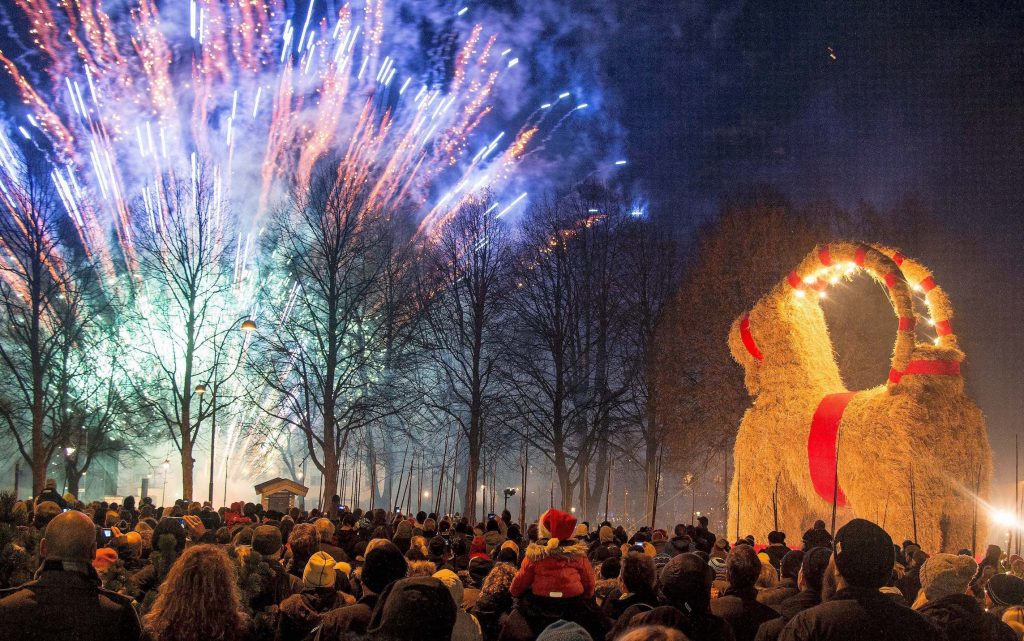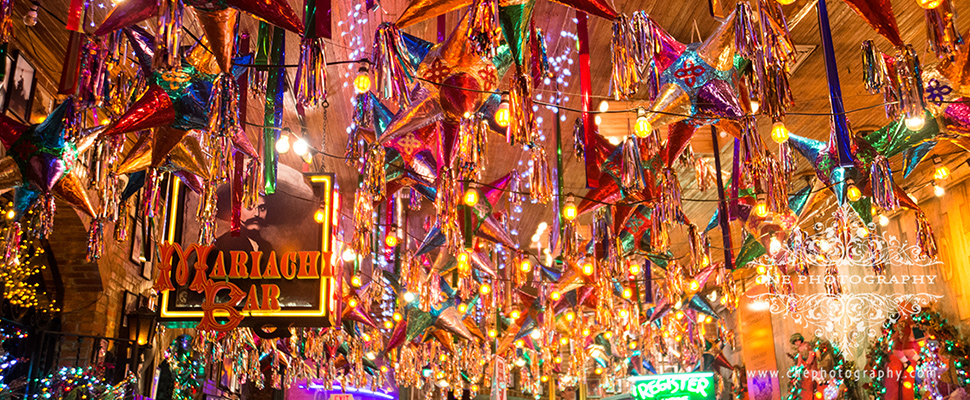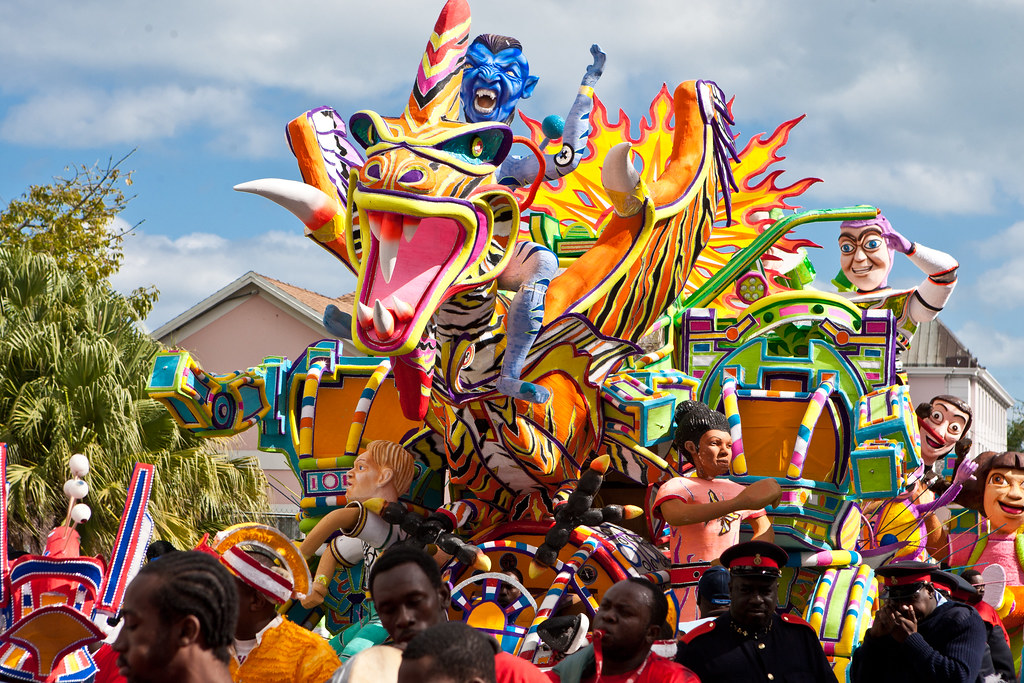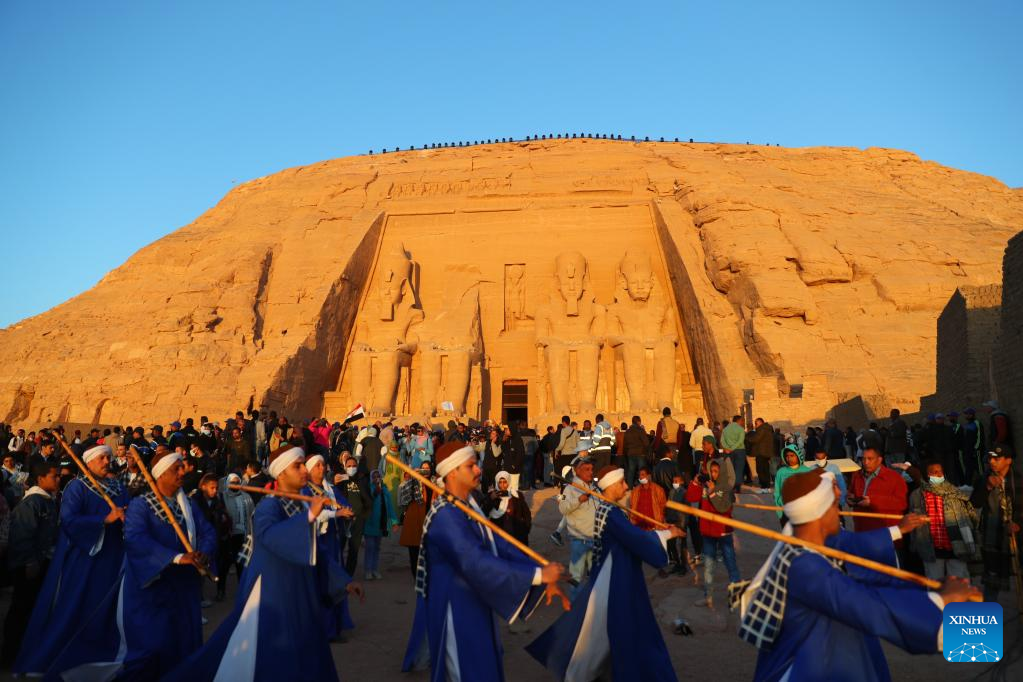On World Holiday Traditions

CBC’s History is Lit series explores literary history, book lore, ancient storytelling, and all places where stories and yesteryear meet. John McCormack guest-writes about the history of horror literature.
Humans have been celebrating important dates since the Stone Age. We have a need to commemorate certain occasions and have ritualized these celebrations throughout the ages. The end-of-year holidays celebrate one of many ways in which we observe traditions.
One of the oldest holiday traditions is still with us — the winter solstice. At Stonehenge in England, Druid and Pagan priests lead celebrations during the sunrise of the year’s shortest day. Meanwhile, in Japan, the Toji tradition celebrates the winter solstice with bonfires and citrus-scented (yuzu) baths, sometimes taken in hot springs. Winter solstice is also celebrated in other Asian countries, such as China, Korea, and Vietnam; the Dōngzhì Festival which pays homage to the ancestors.
Speaking of ancestors, we take our holiday story to Greece, where boats are decorated with lights every December because boats used to be decorated in ancient times, and that maritime Elsewhere in Europe, in the Czech Republic, St Nick is a bishop who passes judgment on kids’ behavior, represented by an angel and a devil on his shoulder. Kids dress up as angels or devils in December and walk the streets to get treats or be scared depending on their choice. In the Netherlands, Santa visits kids in their homes and the reindeer leave presents in kids’ shoes in exchange for the hay or carrots left by children in the shoes. Santa doesn’t always arrive via reindeer. In some Nordic traditions, Santa Claus is driven by goats, explaining the popular yule goat decorations in those countries. Some places, like Gävle, Sweden, celebrate the yule goat by building one of the biggest straw goats in the world. This is only made more fun by the unwritten tradition where the straw goat is set afire at the end of the celebratory season.

Not all European countries have St. Nick in their heritage. In many Hispanic countries, gifts used to come on January 6 for Three Kings’ Day when the three Wise men brought their gifts for baby Jesus. In Spain, Dia de los Reyes is celebrated with a roscon de reyes (a ring-shaped pastry) and whoever gets the plastic figure hidden in the roscon gets to be king for the day. The French share this tradition with the galette des rois. From the Old World to the New where traditions mix with the Burning of the Año Viejo (old year) in Ecuador and Colombia. Every December 31, a paper-mache-type dummy is burnt with pieces of paper on which people have written what they wish to leave in the past year. This allows the people to expel their troubles, pain, and hurts of the old year and start the new one afresh.
This tradition brings the European concept of linear time (end of the year) together with the indigenous rituals of regeneration (expelling the pain) to create something new. This indigenous concept of rejuvenation is still celebrated by some Native American tribes today, like the Hopi and the Zuni, who celebrate renewal with a ritual called Soyal every December. Additionally, the concept of burning and cleansing is also present in Guatemala, La Quema del Diablo (the Burning of the Devil) sees people burn effigies outside their homes to conquer evil and then celebrate with doughnuts and warm fruit punch. The conquest of good over evil is beautifully celebrated in India, as well, with the Hindu celebration of Diwali. It is a five-day observance in the fall where light triumphs over darkness. It is a joyful holiday of light and color, and one of my favorite ones.

Meanwhile, back in the Americas, Mexico celebrates with Las Posadas (inns), a recreation of the time when Mary and Joseph were seeking shelter when Mary was pregnant. Posadas are celebrations done during the nine nights before Christmas when friends and family get together outside and end the night at someone’s home. The parties include piñatas, candy, and stars. In the United States, candy is also present for the holidays in stockings on the fireplace. There’s no clear idea of where this tradition comes from, but one of the most common stories is that it started when Santa Claus left gold coins in the stockings some sisters had left in the fireplace to dry. These sisters had no dowry to get married due to the hardship that had befallen their family and ol’ St. Nick’s saved their future with this act of generosity.
Also in the United States, we find a newer tradition created in the mid-1960s. Kwanzaa was an idea led by Professor Maulana Karenga as a way to unite the African-American community in celebration of their roots. This seven-day holiday finds its roots in African harvest celebrations, like the ones from the Zulu and the Ashanti. It is a family gathering where a child lights a candle on the Kinara (candleholder) every day in representation of each of the seven principles (Nguzo Saba) which embody African cultural values. The celebrations include dances, drums, songs, poetry, storytelling, and meals. Over a hundred years ago, the people of the Bahamas also created a holiday to celebrate African culture. The Junkanoo celebration is a spectacular parade where locals celebrate with dancers, drums, cowbells, and elaborate costumes. This parade is not a carnival (which are Catholic celebrations in origin) but originated in the 18th century when the slaves had three days off during Christmas and were able to celebrate their origins with their friends and families. It is a tradition still carried on in Nassau today.

This joyful Caribbean celebration reminds us that not all holidays happen in winter or the cold. One of these tropical celebrations happens in Hawaii where the Makahiki celebrate their new year festival (in October) by honoring the god Lono in three phases. First is a spiritual cleansing ritual, followed by athletic and hula dancing competitions, and finished with some tests the tribe’s chief has to perform to ensure he’s still a worthy leader. In a slightly bigger island, Australia, Christmas celebrations happen outdoors during summer, with loads of food in yuletide beach parties or carol singing in parks.
This food connection is palpable across most holidays around the globe. Hanukkah is no exception and does it quite well for eight days straight. The Jewish Festival of Lights commemorates the miracle where legend says that in the 2nd century BCE the oil that was enough to light the lamps for one night lasted for eight. It is celebrated today by the lighting of the menorah, games, gifts, and traditional food. In Israel, one of these traditional foods is the Sufganiyot which are fried, jelly-filled doughnuts sprinkled with powdered sugar. These doughnuts are believed to have been brought by the Sephardic Jews from Morocco and Europe before they became popular as a Hanukkah staple in Israel.
Bite-size sweets are popular in multiple places around the world. In the Philippines, the sweets are sticky rice cakes. Simbang Gabi is a multi-morning celebration where for nine days, people attend pre-dawn mass. To make waking up early exciting and fun, the streets on the way to mass have lively bands, lanterns, and sticky rice cakes (puto bumbong and bibingka) marking the road allowing people to celebrate as a community on their way to the service. In Uganda, there’s food preparation before mass as well. Ssekukulu (Christmas) is celebrated with a great family dinner (no gifts) which starts being cooked at 4 am so it can be ready to eat immediately after the service. In this meal, there will be animal meat, traditional matooke, scratchy plantain, among other delicacies and it’s the perfect gathering place for families and friends to share their joy of the year. Kenya has a similar celebration with a Christmas dinner, although their meal preparation and celebration starts right after midnight. People attend Kesha (the vigil, December 24) where dramatizations of the nativity are held, and immediately after the midnight bells ring, families gather to start meal preparations during the first hours of Christmas day. These meals include nyama choma (barbequed meat) accompanied by ugali (cornmeal starch) and other Kenyan food staples.

Islamic tradition has a similar food-based celebration. Eid Al-Fitr is the dinner held to commemorate the end of Ramadan, which is a fasting holiday that lasts about a month. These dinners tend to be large occasions where extended family and friends gather to celebrate by giving food to those who are in need and to give thanks for the blessings they have received. Some in Egypt, a mostly Muslim country, celebrate Eid Al-Fitr but there are other traditions there that go back even further to ancient times. The Sun Festival at Abu Simbel is continued to be held twice a year when the statues of Ramses II and his wife, Nefertari, are lit by the sun for a day (while leaving the god Ptha, of the underworld, in the dark). In October 22 and February 22, there is live music, street food, and traditional Nubian dances outside the temple to celebrate Ancient Egyptian culture and the magnificent feat of engineering. It’s important to note that in the 1960s, the construction of the Aswan High Dam reservoir was going to flood the Abu Simbel temple complex, so the greatest global collaboration and development project (in my opinion) was carried out in which thousand-ton temples were moved in order to save this world cultural heritage site.
As with Abu Simbel, holiday traditions can reflect a global collective effort to preserve our heritage and celebrate the diversity of our world through the vast and varied ways that the world’s cultures commemorate their personal and collective histories. We wish you a happy holiday season, filled with tradition, food, loved ones, and loads of light.
FURTHER READING.
Find curated lists of children’s books about the world’s many holiday observances:
- 8 Great Multicultural Holiday Picture Books
- CBC Showcase book list: One World Many Stories
- The 10 Best Kwanzaa Books for Kids
- CBC Diwali Holiday book list
- 15 Books Celebrating Christmas Around the World
- CBC Showcase book list: Around the World
- 9 Children’s Books That Summon the Native Christmas Spirit
- CBC Showcase book list: What a Small World
- The BEST Picture Books About Christmas Around the World
- CBC Hanukkah Holiday book list
Want more holidays? Listen to Laura & John as they discover beautifully diverse holiday traditions on the podcast.
CBC’s resident history and yesteryear explorer, Laura Peraza, takes you back in time. Check out other series on our blog and our Reader Resources for more books and materials.

